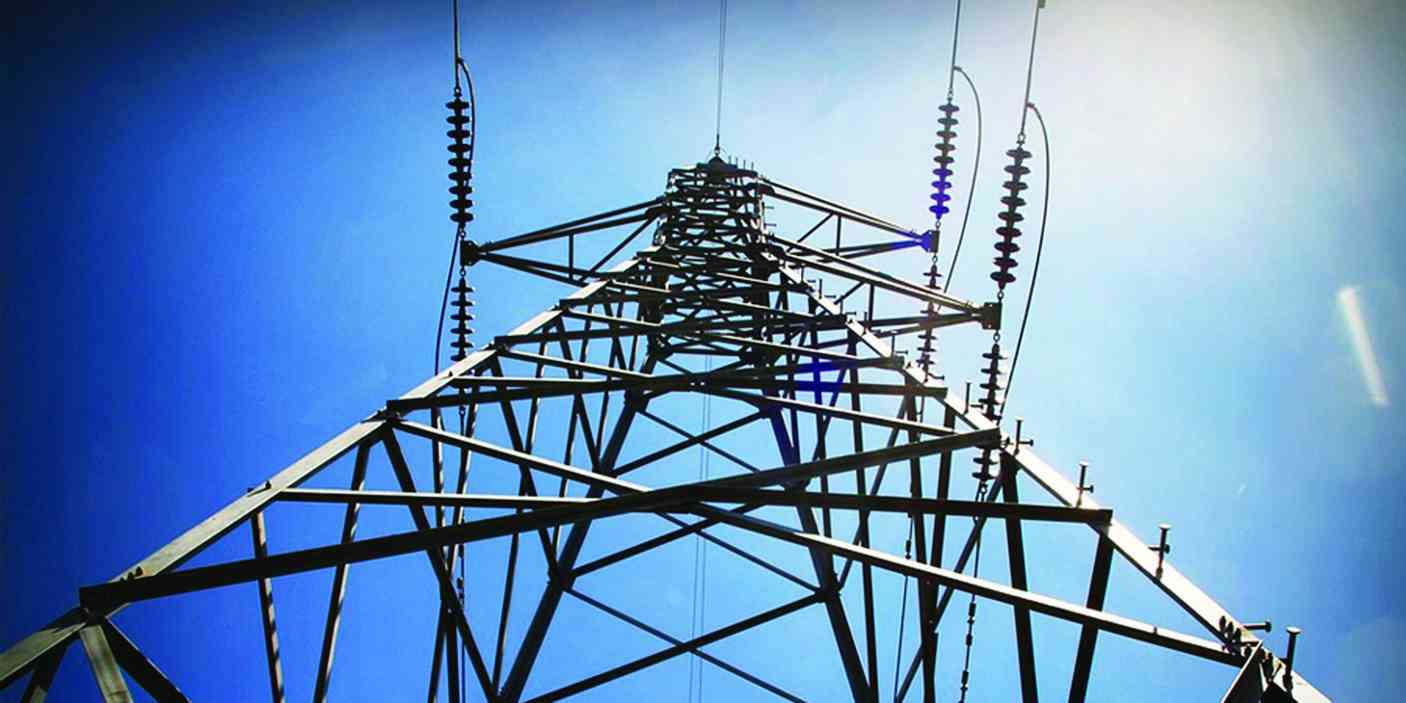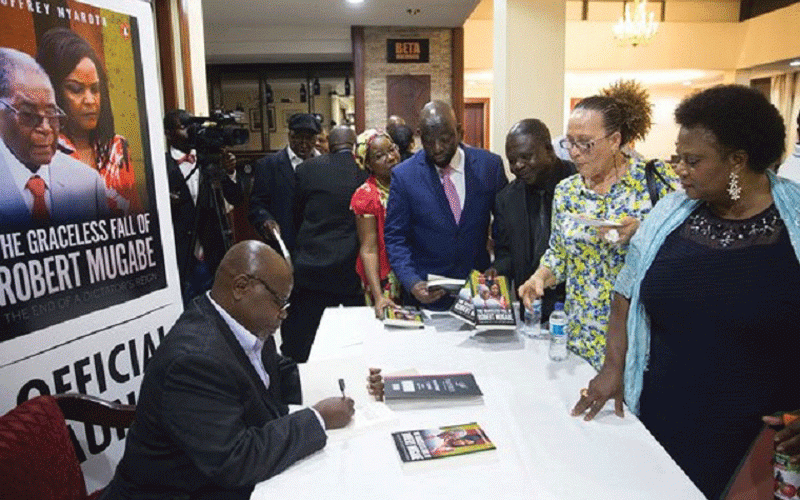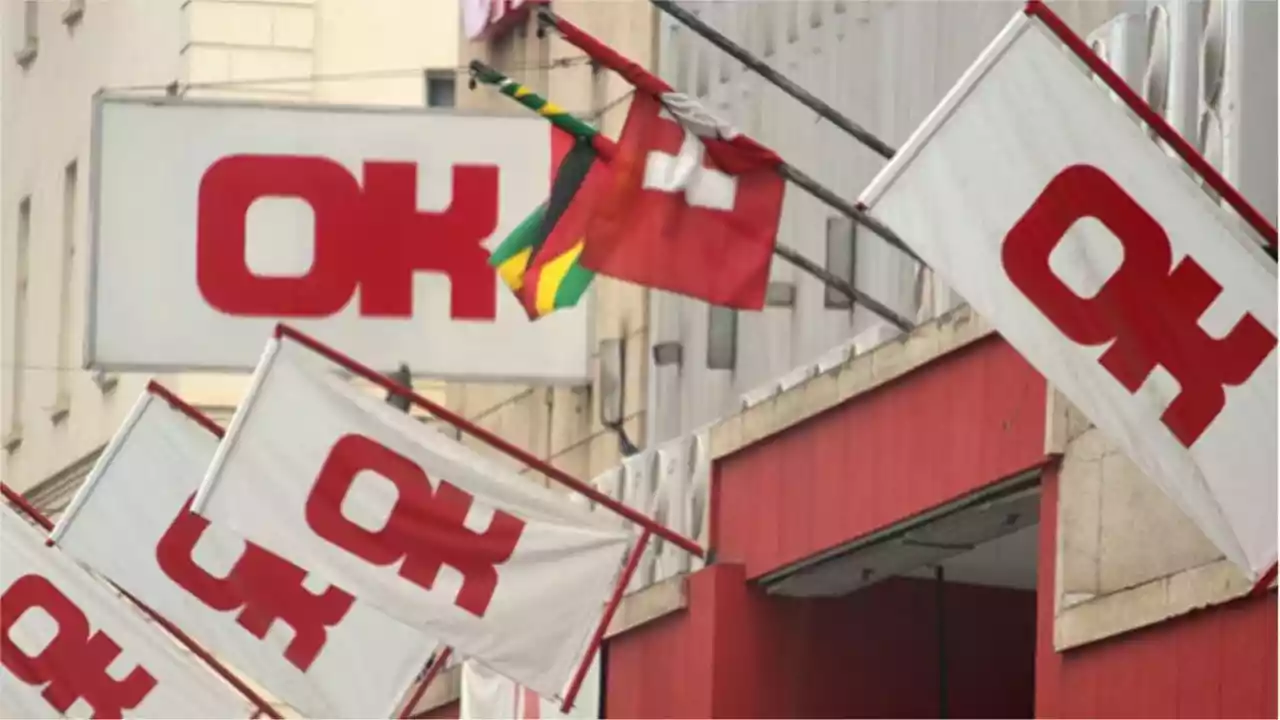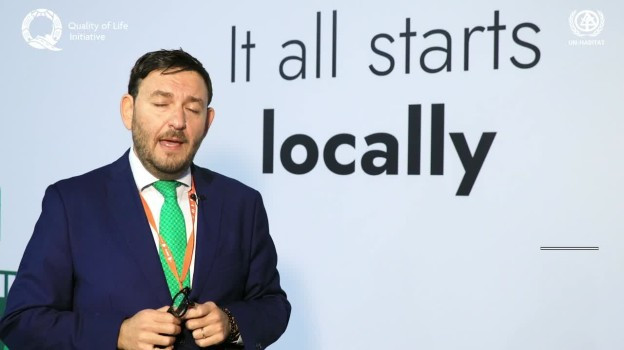
According to the available data from the Zimbabwe Power Company (ZPC), the country currently produces about 1 500MW of electricity. This is, however, not enough to meet national demand, which peaks at 2 000MW each day. In order to manage the shortfall of 500MW, ZPC disconnects some customers at different times of the day, so that there is a balance between demand and supply on the national grid.
When demand for energy is predicted to be on its way to surpass available supply, the power company is obliged to switch off supply to other areas so that there is no damage to the grid. If the ZPC does not resort to load shedding under such circumstances (where demand is set to exceed supply), the national grid may be damaged, which would cause the whole country to be without electricity for up to several weeks.
The blackouts are a necessity, although when customers are switched off (especially businesses), that also means they cannot be commercially productive. Miners fail to extract more resources, manufacturers end up running shorter production lines (failing to realise economies of scale) and those who use the more expensive back-up power supply (generators, solar power, etc), end up with higher costs than if they had used electricity from the national grid.
Due to the losses, the World Bank has estimated that, the blackouts cost the country as much as, US$1,27 billion, each year. This estimate (US$1,27 billion) implies that, if there was an adequate supply of electricity since the early 2000s, the Zimbabwean economy would have at least, been twice its current size. The reduced levels of commercial activities due to blackouts, translate to suppressed levels of employment, low government tax revenues and make Zimbabwe less-competitive than economies with a better supply of electricity.
In some cases, lack of sufficient energy is the only hindrance for new investment in the country. Therefore, by simply resolving the energy crisis, the government can make Zimbabwe’s economy suddenly shift to a new level of vibrancy.
Currently, South Africa, the most industrialised country on the continent, is struggling to supply enough electricity for the normal functioning of its economy. Other countries within Sadc are also experiencing energy deficits, with the situation likely to become worse in the medium-term (within three years), as demand for energy grows. This challenge, however, presents a lucrative opportunity for Zimbabwe to develop its capacity in this area. If it were possible for the country to have surplus electricity, it would be able to support the growth of the domestic economy, and also export the excess to Sadc (including South Africa). Sadc countries have an interconnected electricity grid (called the Southern African Power Pool), which enables a country with excess to export to those which are in deficit.
State of domestic market
In Zimbabwe the main electricity supplier is Zesa Holdings, which provides energy through its two subsidiaries; ZPC and the Zimbabwe Electricity Transmission and Distribution Company (ZETDC). ZPC owns two power stations (Hwange and Kariba), whilst it focuses strictly on the generation of electricity.
- Low tariffs weigh down ZETDC
- ‘Systems disturbance hits Hwange Power Station’
- Severe power outages loom: Zesa
- Chivayo’s US$25m lawsuit overstated: ZPC
Keep Reading
On the other hand, ZETDC owns the national electricity transmission grid (pylons, high voltage power lines, lower voltage lines connecting households, transformers, etc) and is responsible for distributing the energy from the power stations to the different types of customers (households, businesses, industrial energy users such as miners, etc).
The separation of Zesa’s activities into ZPC and ZETDC have been made necessary by the fact that, having both a power generation (ZPC) and distribution company (ZETDC) under a single management team, makes the company extremely difficult to manage, as it would be desperately complex to understand and operate it. This is not a rare phenomenon, as several countries around the world have also taken the same stance of separating power generation from transmission and distribution.
ZPC’s two power stations (Hwange and Kariba) currently deliver just over 1 400MW (Hwange — 964MW and Kariba — 466MW). There are also independent power producers (IPPs) from the private sector, which provide a mere 60MW to the national grid on their best days, declining to as little as 20MW on their worst days.
IPPs in Zimbabwe are a long way from South African ones, which have projects worth over 6 000MW already connected to the grid. The figure is also much higher than ZPC’s supply to the whole of Zimbabwe. Apart from IPPs, the major supplier in South Africa (Eskom Ltd) currently provides around 24 000MW to serve the country's domestic demand.
With such an impressive capacity, it becomes clear why South Africa is the continent’s most advanced economy. Regrettably, even that generous amount of energy supply (30 000MW) is struggling to serve South African customers, who have a peak demand of around 35 000MW.
What needs to be done
In order to swiftly have new power stations in Zimbabwe, the energy Ministry will need to allow independent power producers to sell their electricity in US dollars. This is because the instability associated with the local currency will continue to hinder new power projects, if it is not addressed.
Currently, US dollar sales (of electricity) are only permitted for exporting companies whilst prohibited for those which sell their goods and services in the local market. Nevertheless, if unhindered US dollar sales are approved, more power producers are likely going to develop new generation capacity. A major for the low uptake of local independent power projects (IPPs), when compared to South Africa, is obviously the variation between the stability of the two countries’ local currencies.
Zesa also needs to build its own new coal plants, which will enable the existing ones to be put offline for adequate maintenance. Comprehensive maintenance for power plants can last up to 120 days. The maintenance is essential because it enables the plants to continually operate at a level above 90% of their designed capacity.
In short, the power stations will end up producing less energy than they were designed to produce (as much as 60% less) and become unreliable, if they are not given breathing space for adequate reliability maintenance. In other words, without adequate maintenance, it is only a matter of time until breakdowns become a common issue at Hwange and Kariba power stations.
New coal plants will also balance the supply from independent producers who are likely going to have a bias towards renewable energy, which is typically intermittent and dependent on the prevailing weather conditions.
A new coal build (power plant) of at least 1 000MW or more will need to be planned within this year. Coal power stations take about five years to build, from scratch. Delays may result in the construction lasting more than the five years. Hydroelectricity would have been an attractive alternative. However, due to climate change, it has become unreliable when compared to properly maintained coal plants.
Producers targeting to establish renewable energy projects should ideally be located in the northern parts of Zimbabwe (Kariba, Hwange, Gokwe-North, Muzarabani, or even Harare). This is because these areas are compatible with the existing national grid infrastructure. In Zimbabwe, electricity transmission moves from the Hwange, Kariba area (northern parts) to the rest of the country.
Fortunately, for Zimbabwe, those are also the same regions where the country has massive renewable energy potential (especially solar). In that case, it would not be appropriate, to locate new national power projects in the Bulawayo or Matabeleland-South area, if Zesa does not have the funds to adjust the existing electricity grid (which can also be an expensive process). With time, when the renewable energy projects have used up the existing grid capacity in the northern parts of the country, projects from the southern regions can then be approved, whilst the electricity grid is restructured.
To encourage industrial consumers to set up their own power plants at their sites, the Zimbabwe Energy Regulatory Authority (Zera) may need to remove licensing requirements for power stations producing 100MW or less. This will likely result in more rapid investments in energy since some of the regulatory limitations would have been eliminated.
It will particularly be useful for mining companies, some of which may end up selling their surplus energy to the national grid. On the other hand, licensing regulations for plants which generate over 100MW, will need to be relaxed, whilst each step in the application process is expedited.
South Africa offers a great example of how the relaxation of licensing requirements can cause rapid responses from the private sector. A complete withdrawal of licensing requirements for plants below 100MW in August 2021, resulted in 9 000MW of proposed projects, by November 2022.
Times were also shortened for permit applications for plants which generate above 100MW. Registration with NERSA (their equivalent of Zera) was reduced from a timeline of 4 months, to an average of 14-19 days. The timeframe for connecting independent power projects to the national grid was reduced from 210 days to 105 days. The timeframe for land-use authorisations was also reduced from 90 to 30 days. Environmental authorisations (Environmental Impact Assessments) were reduced to 53 days.
These measures have resulted in an influx of private sector players, such that the South African government is now turning down some applications, on account of the current limitations of their grid capacity.
Proposed projects
On paper, Zimbabwe has more than 100 independent power producers, which are willing to build over 8 000MW of capacity. The government has its own envisaged projects which are also stuck in the conceptual phase. Some of the proposed projects are outlined below.
China Energy Engineering Corporation intends to establish a 1 000MW floating solar plant on Kariba dam, at a cost of nearly US$1 billion. Once approved it should be established within 3 years.
There is also the envisaged Batoka Gorge Hydroelectricity Power Station, which is to be built on the Zambezi River. It is meant to generate 2 400MW, to be shared in half, between Zimbabwe and Zambia. United States’ General Electric and Power Construction Corporation of China, are willing to develop the plant which should take between 10 to 13 years, until completion.
A South African company, named Ngonyezi Projects Limited, has offered to build Ngonyezi Pumped Hydroelectric Power Station, along the Odzi River, in Manicaland. The plant will have the capacity to produce 2 000MW hours, supported by a 300MW floating solar farm on the Osborne Dam.
In Gokwe North, the coal fields of Senga are tipped to supply input (energy feedstock) for the proposed Gokwe North Thermal Power Station.
With all these projects still in the concept phase, the local energy regulator, Zera, will need to make some brave decisions, in order to ensure implementation. Permitting the private sector or even the government to charge in US dollars, will be an obvious requirement, until the local currency stabilises.
Additionally, Zera will need to adopt the “use it or lose it” policy, which will result in some approved projects being withdrawn and offered to other willing players, on account of any delays from the approved companies.
- Tutani is a political economy analyst. — tutanikevin@gmail.com










